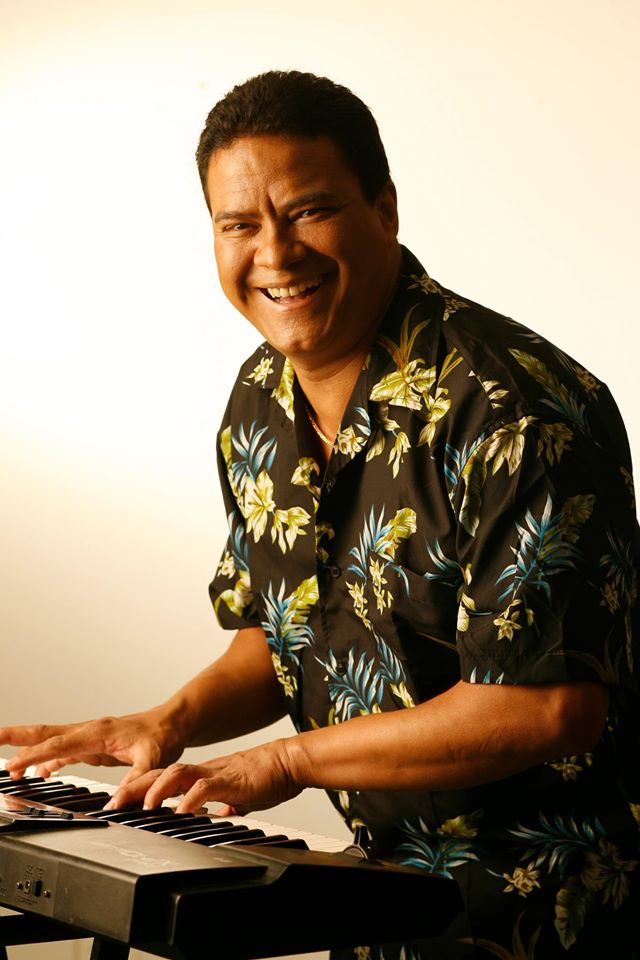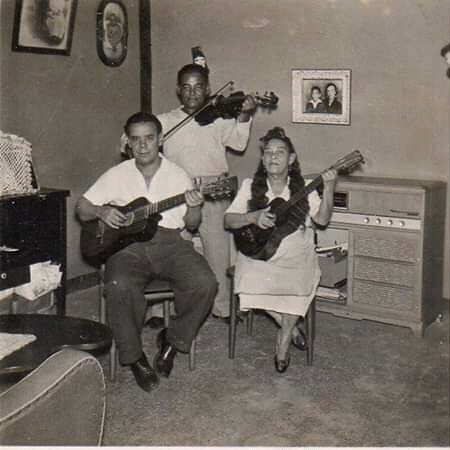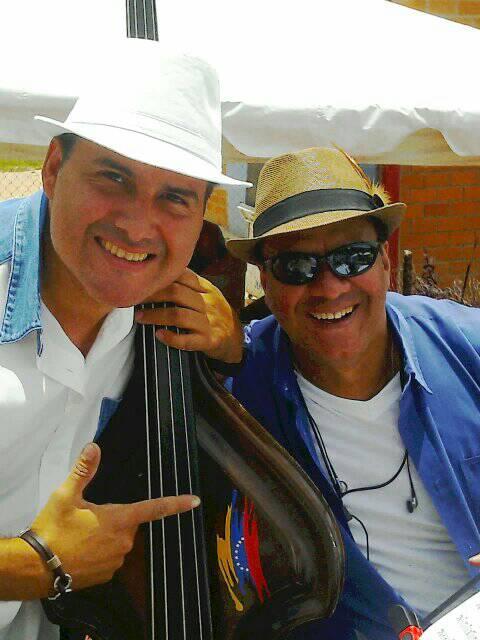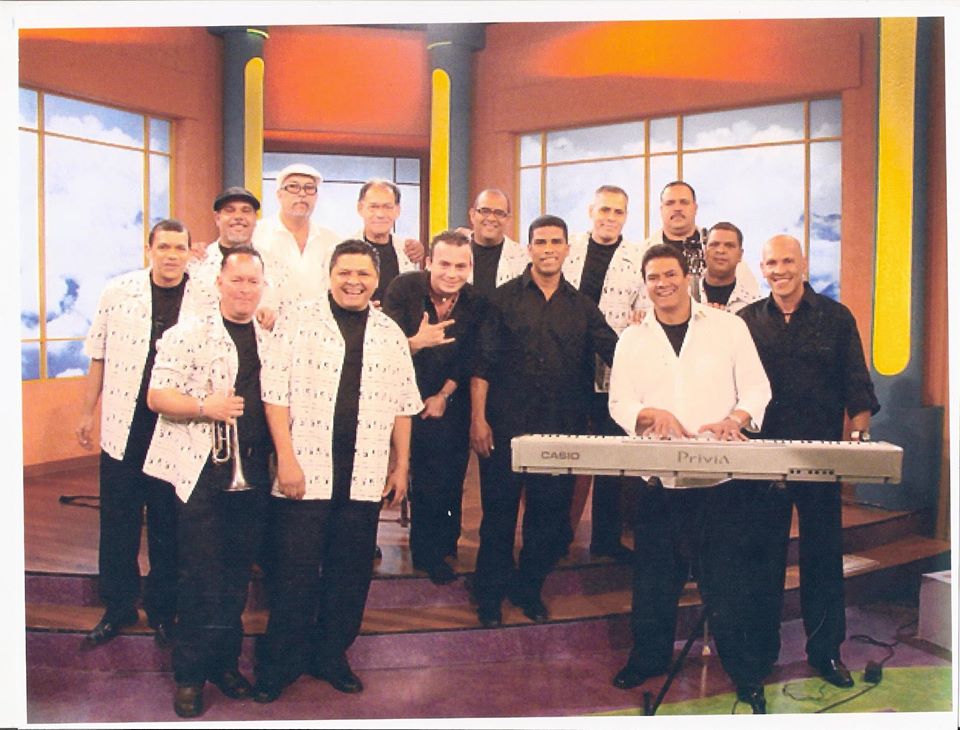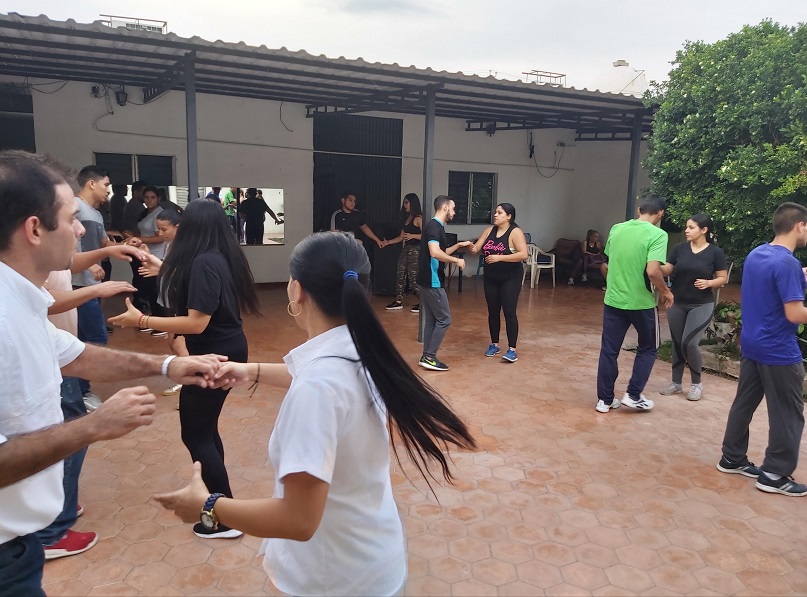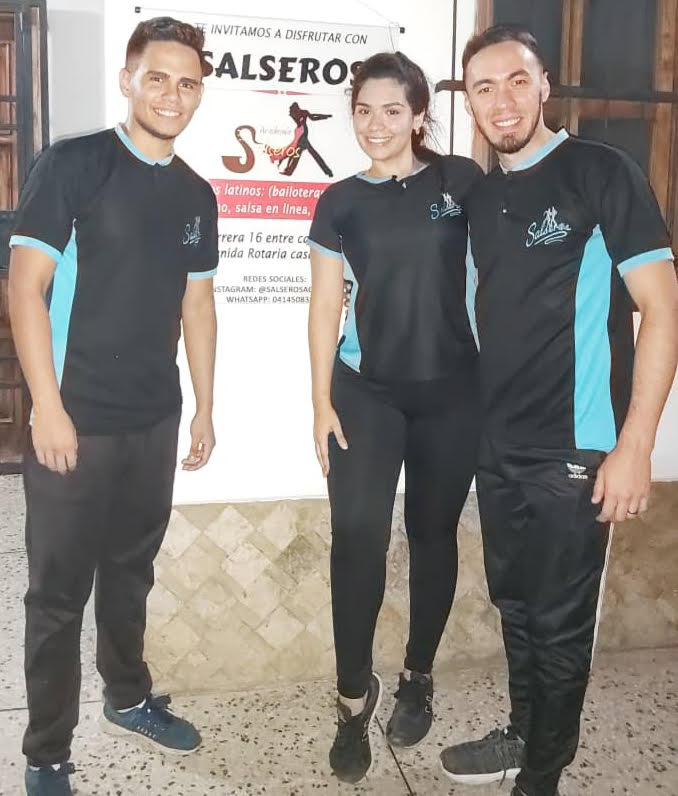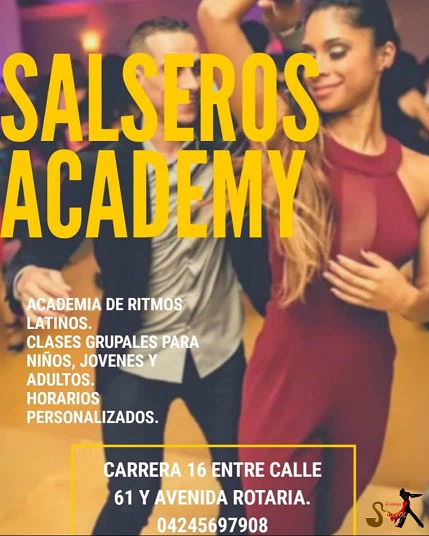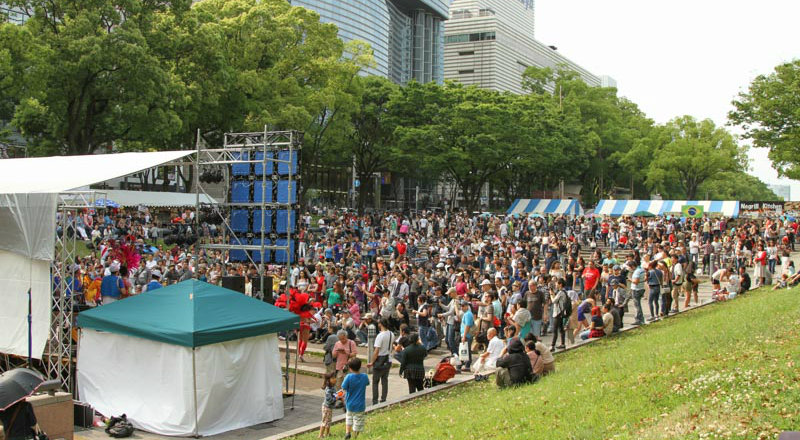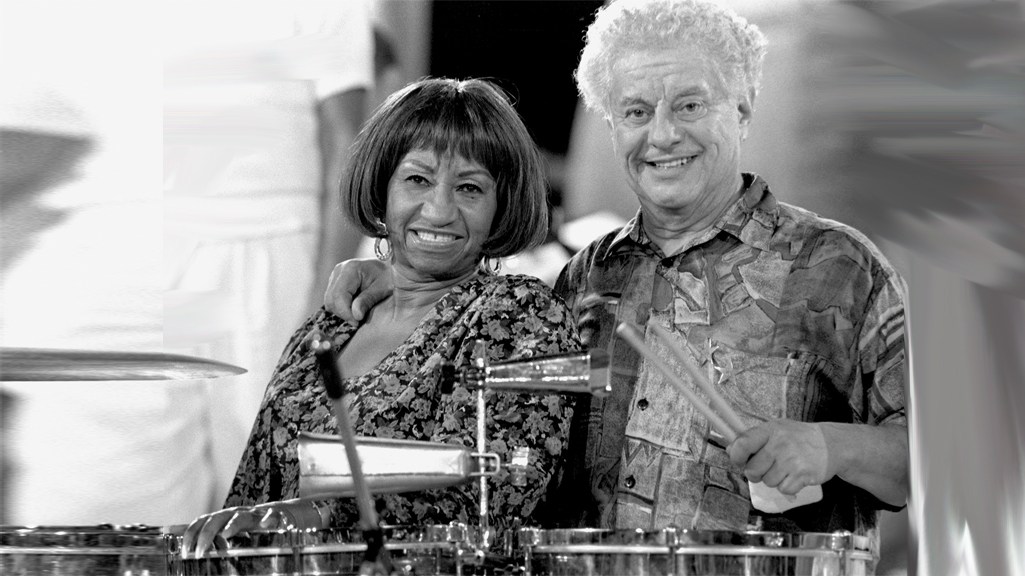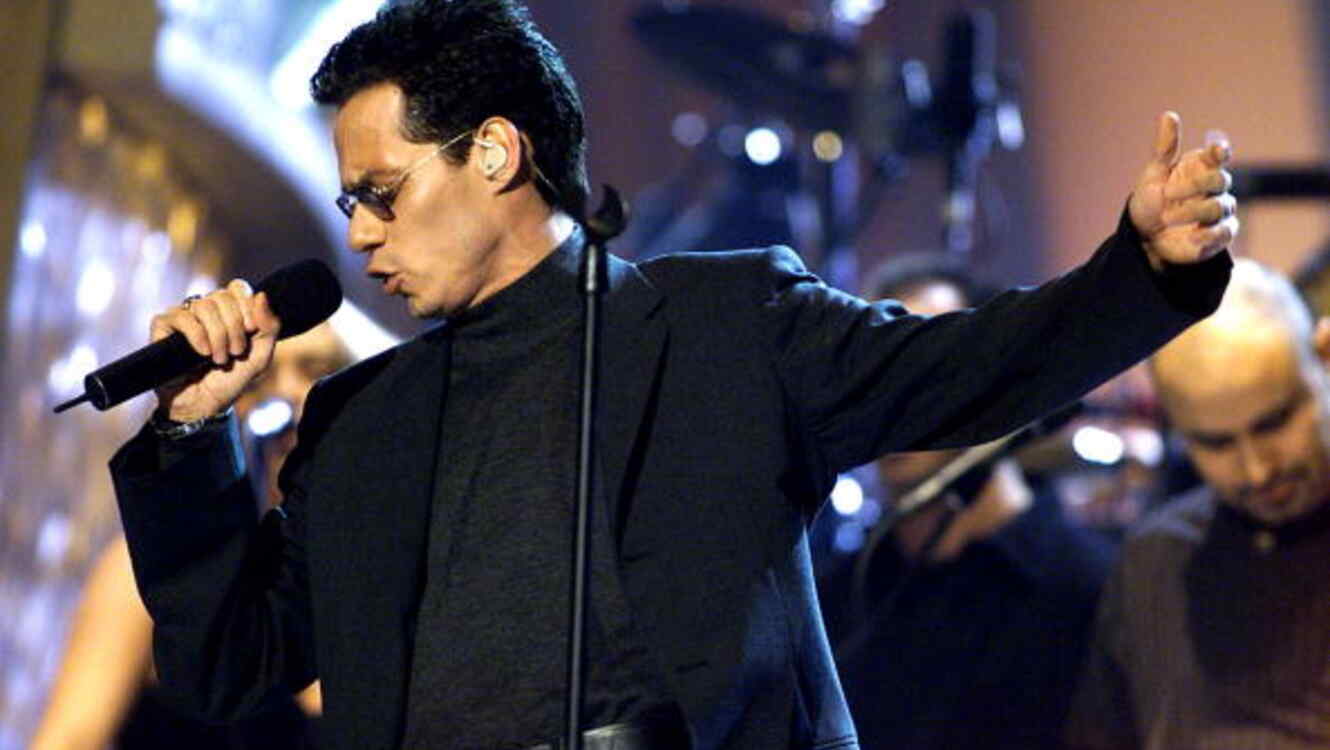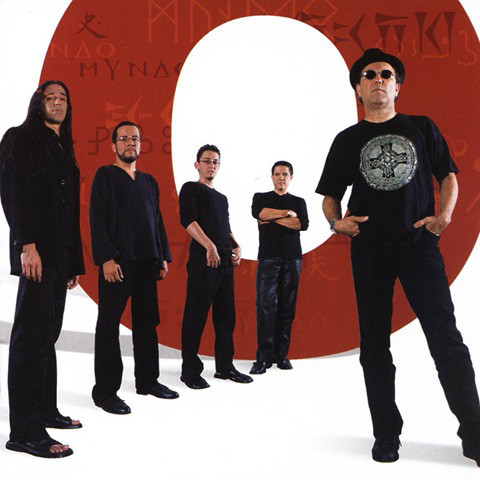Henry Benavides, arranger, composer, pianist and producer of tropical music with emphasis on Salsa, was born in Barrancabermeja, Santander, Colombia.
In York, NY March 31, 2023 ‘Por Cuenta Propia’ is the name of Henry Benavides’ new project, with which he wishes to elevate his musical career. The Colombian composer, pianist, arranger, and producer of tropical music pays homage to great artists of the industry with his new album.
“The production is inspired by the great salseros who influenced my musical beginnings, such as Richie Ray and Papo Lucca.
The songs I chose marked my childhood, and in my new album I seek to give it a modern and different touch with my arrangements,” shares Benavides.

It is worth noting that the album is musically diverse. Despite being known for revolutionizing the tropical industry, Benavides shows us that even playing boleros, he is capable of transforming and creating new stories.
‘Por Cuenta Propia’ will be available through all digital platforms starting April 21, 2023, and you can already pre-order it through Spotify.
This project symbolizes the convergence of past stories and new rhythms. At the same time, Benavides is preparing for his upcoming Latin American tour this summer.
About Henry Benavides
“Henry Benavides is a Colombian tropical music composer, pianist, arranger and producer whose focus is on modernizing great salsa songs and giving them a new style. Benavides has had the opportunity to work with the ‘Discos Fuentes’ record label in Medellin, Colombia, where he collaborated with internationally recognized artists. As a member of the new generation, his mission is to modernize the salsa genre and share with his style, a new way of making salsa”.

Henry Benavides, arranger, composer, pianist and producer of tropical music with emphasis on Salsa, was born in Barrancabermeja, Santander.
He inherited from his grandparents the taste for music, at the age of 12 he began to play the drums induced by his father.
He graduated as a high school graduate from the industrial technical institute in the year 2000, and by then he already had clear what would be his life project, to live for music.
He decided to travel in 2002 to Pamplona, Norte de Santander, where he settled and enrolled in the university of this same city in the Faculty of Music to formalize his musical studies.
Shortly after entering the school he stood out among his classmates for his great talent. He was a member of the Big Band Oriol Rangel of this institution, being in his seventh semester, his teachers tell him that the knowledge he has acquired so far is the necessary, and that he really has nothing to do there, with the great talent he has, and they suggest him to go out to the arena! What prompted this Barranqueño to undertake his audacity in 2005 and decided to seek opportunities in the city of Medellin.
There he began working with Jhon Jairo Betancur making tracks and karaokes of salsa, merengues, ballads and vallenato, for Discos Fuentes recording pianos and then produced them, being in charge of everything for 2 and a half years, time that was enough to make known his talent which gave him the opportunity to work with the master Alberto Barros in the musical direction of the tribute to the Colombian salsa, and zone three, and to make a production for Panamanian singer Gabi Gabi Gabi.
production for the Panamanian singer Gabino Pampini, Sonora Carruseles, among others.
In 2009, he was invited to record in the city of Cali, an opportunity that he did not miss to seek new alternatives in his career and decided to seek the maestro Alexis Lozano, director of the orchestra Guayacán, to show him his work done during all these years.
He was lucky enough to meet him, and show his talent, which led to an exchange of knowledge and great musical connection between the two and immediately Alexis made it concrete and proposed him to produce music immediately.

In 2012 he directs and produces for Sony music in Mexico, the DVD “La Salsa de los Grandes”, a tribute to the Fania All Stars, with the participation of the best singers and musicians of the world salsa. Considered this work as the most representative of his career for having obtained GOLD and PLATINUM DISC, becoming the only Santandereano to obtain historically this recognition.
In addition to this, he was the author, composer and producer of songs such as YO SOY BARRANQUEÑO, where he pays tribute to his hometown, and EL HINCHA NÚMERO UNO, a song dedicated to his alma team, Alianza Petrolera.
She currently has a music production company, where she makes local, national and international productions, and at the same time has formed her orchestra, with musicians representative of her city, with which she has had the honor of being the only one to accompany an international artist, this being another historic achievement.
In this year 2020 he will launch his new production, entitled “Mi Vida”, which contains 10 unpublished songs of composition, arrangement and production, a dream that began 10 years ago and will close a very important cycle in the life of this young and talented artist.
Among other projects, he is the Musical Director of #salsagang, a project to promote new talents that is currently focused on the Mexican market, as it is one of the most important places for tropical music.
Henry Benavides through his extensive experience and professionalism, has positioned himself as one of the best salsa musicians and producers in the country.
All the productions mentioned above, can be found on the web and social networks.
Contact us:
Yoly Terán
610.348.9700
Read also: Salsa at Hacienda El Paraíso with Los Lebron Brothers Orchestra






